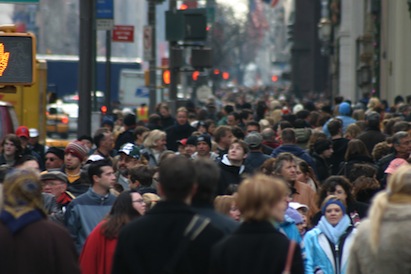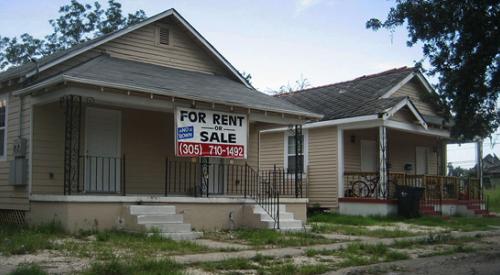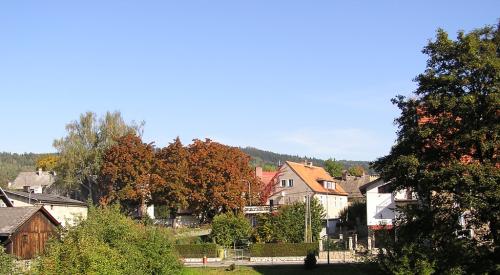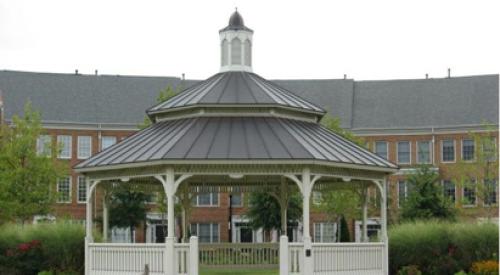A study by Pennsylvania State University researchers, titled “Racial and Ethnic Diversity Goes Local: Charting Change in American Communities Over Three Decades”, outlined the changing patterns of racial and ethnic diversity in America.
Researchers developed a scale from 0 to 100, where 0 indicates no diversity and 100 indicates equal representation by all racial and ethnic groups. The findings are summarized in lists of the most and least diverse metro areas in the U.S.
Top 10 Most Diverse Metro Areas (2010)
- Vallejo-Fairfield, Calif. (89.3)
- San Francisco-Oakland-Fremont, Calif. (85.3)
- Stockton, Calif. (82.4)
- Washington-Arlington-Alexandria, D.C.-Va.-Md.-W. Va. (80.8)
- New York-Northern New Jersey-Long Island, N.Y.-N.J.-Pa. (80.5)
- San Jose-Sunnyvale-Santa Clara, Calif. (80.1)
- Las Vegas-Paradise, Nev. (79.8)
- Houston-Sugar Land-Baytown, Tex. (79.6)
- Los Angeles-Long Beach-Santa Ana, Calif. (79.6)
- Honolulu, Hawaii (77.6)
Top 10 Least Diverse Metro Areas (2010)
- Laredo, Texas (12.9)
- Parkersburg-Marietta-Vienna, W. Va.-Ohio (13.6)
- Altoona, Pa. (14.8)
- Kingsport-Bristol-Bristol, Tenn.-Va. (16.5)
- Bangor, Maine (17.1)
- Wheeling, W. Va.-Ohio (18.0)
- Glens Falls, N.Y. (18.2)
- Huntington-Ashland, W. Va.-Ky.-Ohio (18.2)
- Johnstown, Pa. (20.1)
- Weirton-Steubenville, W. Va.-Ohio (20.3)
For the complete study, click here.













